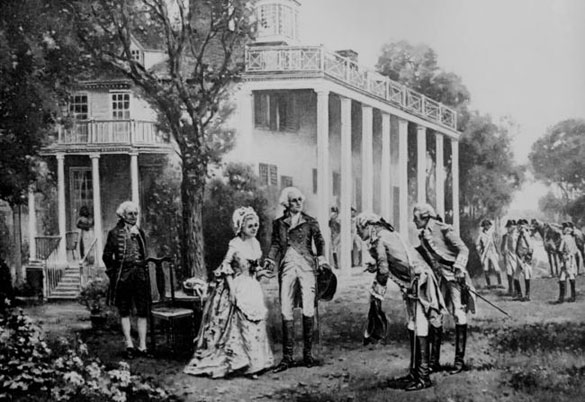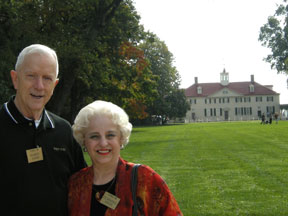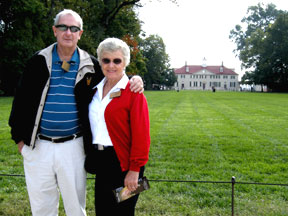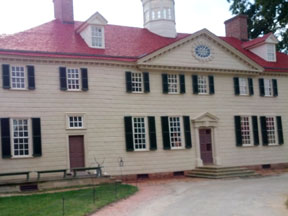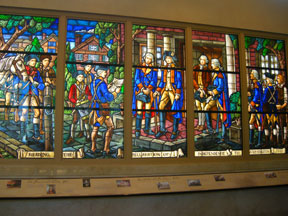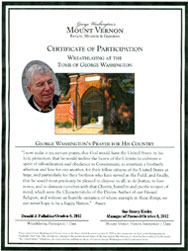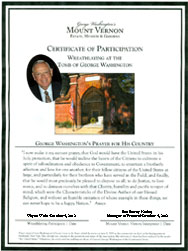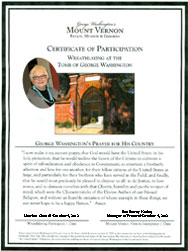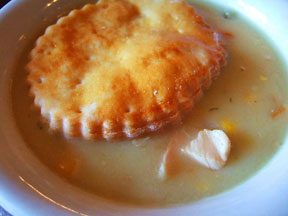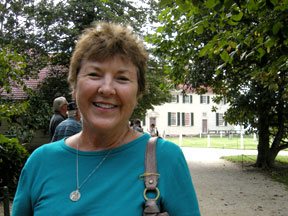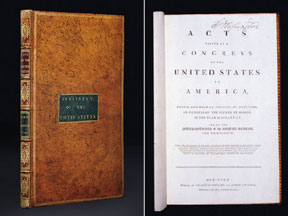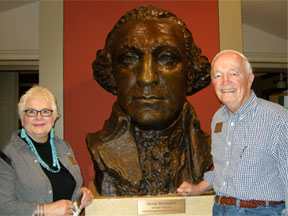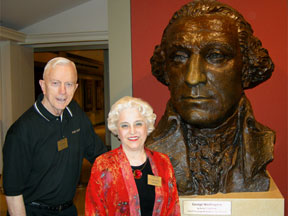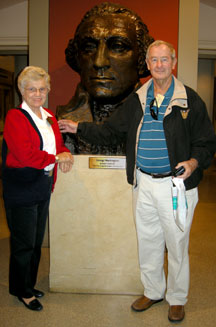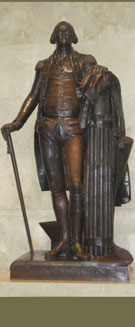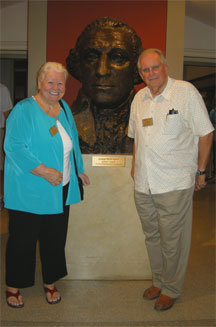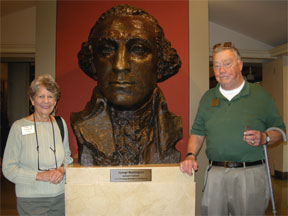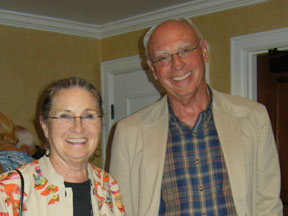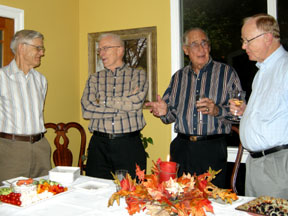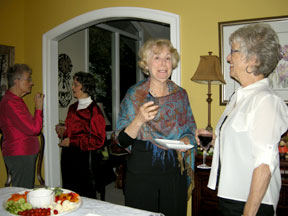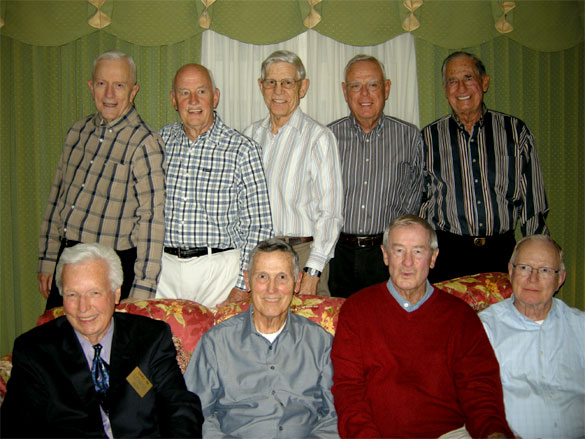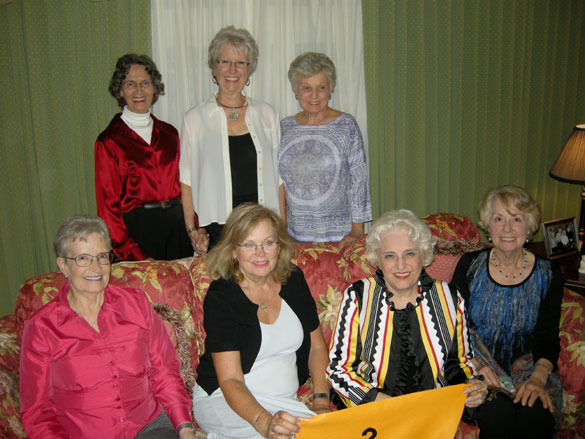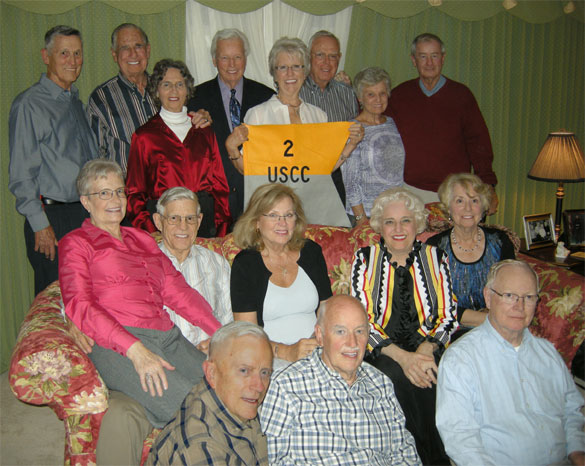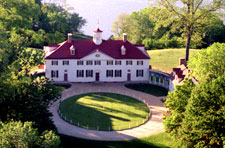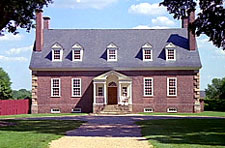George
Washington inherited property on the Potomac River, called Mount Vernon, from
his half-brother Lawrence (who died in 1752). In addition, he took Lawrence's
place in the Virginia militia, receiving a major's commission.
After the French
and Indian War, he returned to Mt Vernon as a 27-year-old veteran - "the most
experienced native military officer in Virginia." He married Martha Dandridge
Custis, a young widow whose first husband had been one of the wealthiest men in
the colony, in 1759.
Adding to his home along the river, Washington likely
thought his future career would be devoted to farming his plantation. But when
the colonies fought for independence, Washington became the commander-in-chief,
spending much time in camps (with his troops) instead of being home (with his
family). Even during the war, however, the General received people (such as Lafayette)
at Mt. Vernon.
In the summer of 1780, a very fortunate development greatly
aided the patriots' cause. America formed an alliance with France, and Washington
welcomed French generals, such Comte de Rochambeau, to his Potomac mansion. By
October of the following year, Washington accepted Cornwallis' surrender at Yorktown,
Virginia.
In later years, as before, Washington worked to improve Mount Vernon:
He worked constantly to improve and expand the mansion house and its surrounding
plantation. He established himself as an innovative farmer who switched from tobacco
to wheat as his main cash crop in the 1760's. In an effort to improve his farming
operation, he diligently experimented with new crops, fertilizers, crop rotation,
tools, and livestock breeding. He also expanded the work of the plantation to
include flour milling and commercial fishing in an effort to make Mount Vernon
a more profitable estate. By the time of his death in 1799, he had expanded the
plantation from 2,000 to 8,000 acres consisting of five farms, with more than
3,000 acres under cultivation.
Both George and Martha Washington are buried
at Mount Vernon.
For extensive research, go to http://www.mountvernon.org/ |

